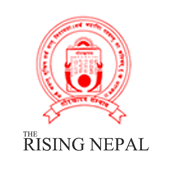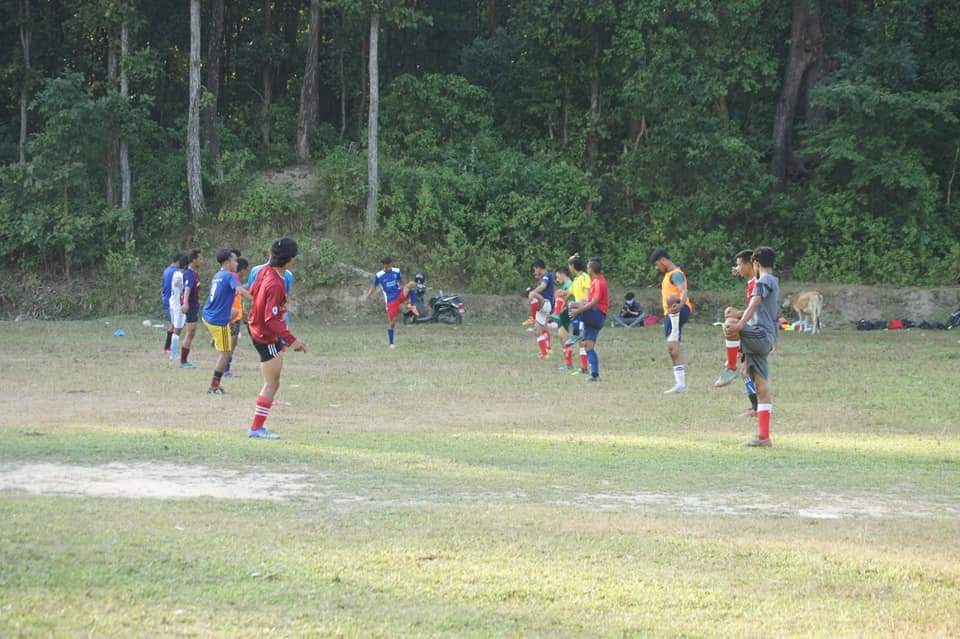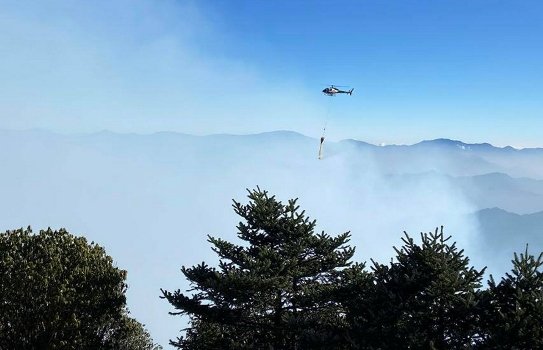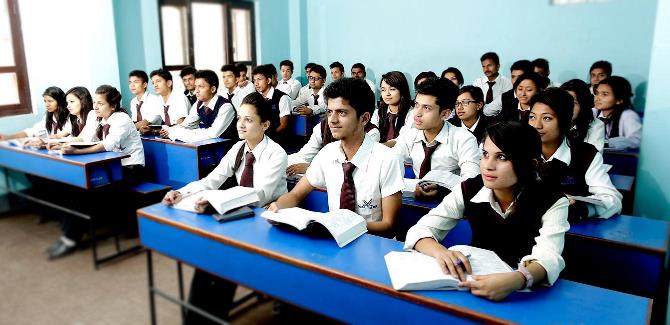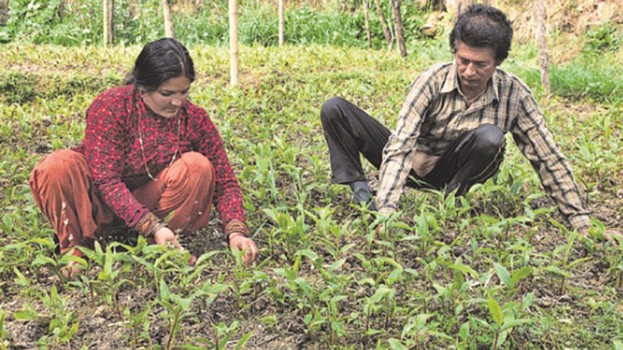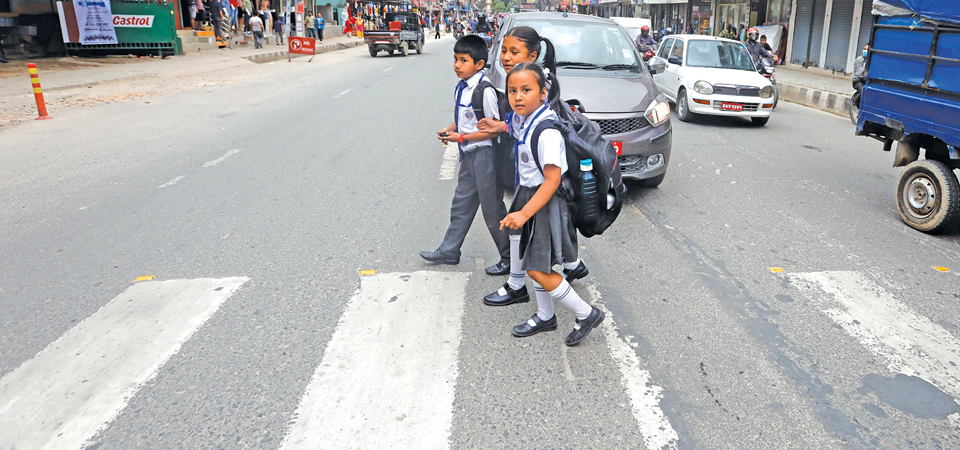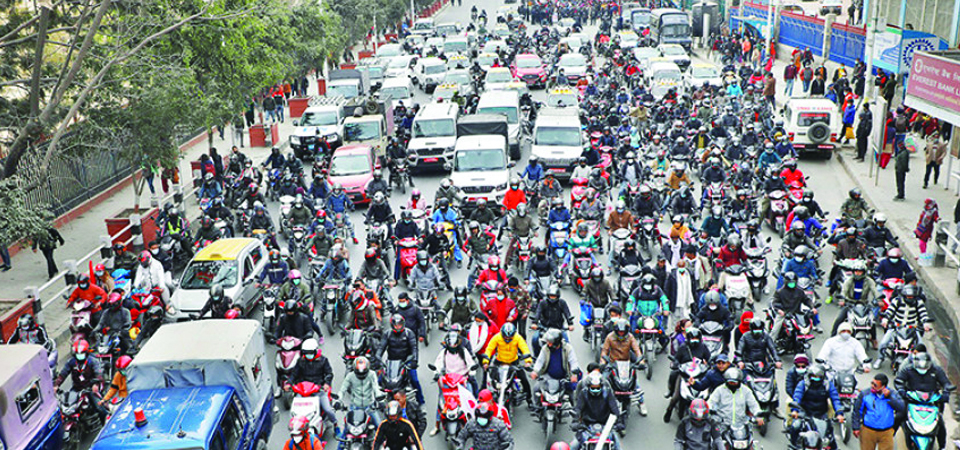No end to fake currency rackets
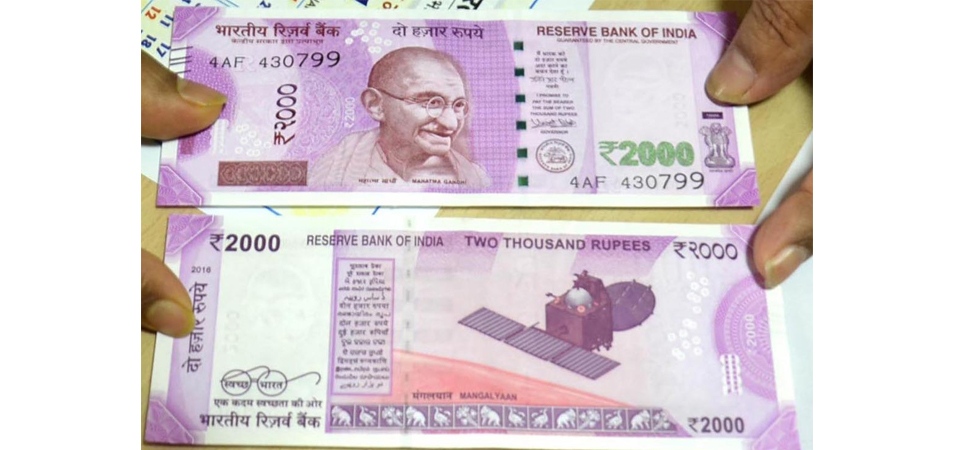
By Nayak Paudel
Kathmandu, Mar. 12: In the past, large fake currency rackets used to be a headache for authorities. In order to stem the expanding illegal sector, several operations were conducted across the country which led to several arrests and seizures of millions of counterfeit currencies and printing machines and equipment.
Nepal Police had actively investigated to bust several large fake currency rackets operating in the country then. However, recently, authorities are facing headache because of small fake currency rackets which have thrived across the country.
On Tuesday night, a joint team from Kanchanpur District Police Office and Area Police Office, Gulariya arrested 25-year-old Sanjay Rana with counterfeit currencies and fake currency printing machines.
Rana, a local operating a small shop at Krishnapur Municipality, was arrested with two and one fake notes of Rs. 1,000 and Rs. 100 respectively.
The police team also seized papers cut in the size of Nepalese currency (Rs.) of 1,000 denomination, photocopy papers, a desktop computer and other equipment used for printing fake currencies.
According to senior police officers, Rana was one of the examples of a small fake currency racket.
“People like Rana print few fake currencies which are more easily distinguished than those printed by large rackets. It is so because small rackets use normal printers and papers,” said Deputy Inspector General of Police (DIGP) Uttam Raj Subedi, chief at Sudurpashchim Province Police Office.
According to DIGP Subedi, the few fake currencies are then used in between bundles of money or to cheat shopkeepers. “Small rackets don’t print and use many fake currencies because their printing process doesn’t provide quality. They use it in small amounts but at the end they would have cheated many in high volume at a total.”
While rackets operating in mid-Hill regions and above mostly prefer Nepalese fake counterfeit currencies, those in Terai regions and those sharing border with India also print fake Indian currencies.
On March 4, an Indian national 20-year-old Govinda Singh of Uttar Pradesh State was shot by Nepal Police in Ward 7 of Belauri Municipality. Singh was one of the smugglers of a group who opened fire over a patrolling team, which retaliated in response.
After Singh was shot, other fled leaving the bags which were being smuggled. Upon opening the bags, police found two machines used to print counterfeit currency, dozens of pieces of papers cut in the size of Indian Currency (IC) of 500 denomination and over 90 grams of illicit drugs.
“The smuggling group, which opened fire at police in Kanchanpur recently, also seems to be printing few counterfeit currencies – both Nepalese and Indian Rupees – because they also had a normal printing machine. Printing and using counterfeit currencies of both countries help them earn more profit,” DIGP Subedi told The Rising Nepal.
Since such rackets use normal printing procedures, the operation and identification of such rackets are difficult; many even operate at their shops like Rana, the one arrested on Tuesday.
Nevertheless, Nepal Police has been investigating and utilizing their sources to arrest members operating small fake currency rackets.
“Nepal Police has been actively working to bust fake currency rackets – both small and large – and coordinating with other security agencies and even Indian counterparts to control cross-border crimes,” said Senior Superintendent of Police (SSP) Basanta Bahadur Kunwar, central police spokesperson, while speaking to The Rising Nepal on many occasions.
Police have also requested the public to be aware of currencies when they receive one from anyone. Financial authorities have also been requesting the public to carefully analyse the currency notes they receive and inform nearby authorities if they find any currency suspicious.
Recent News

Do not make expressions casting dout on election: EC
14 Apr, 2022
CM Bhatta says may New Year 2079 BS inspire positive thinking
14 Apr, 2022
Three new cases, 44 recoveries in 24 hours
14 Apr, 2022
689 climbers of 84 teams so far acquire permits for climbing various peaks this spring season
14 Apr, 2022
How the rising cost of living crisis is impacting Nepal
14 Apr, 2022
US military confirms an interstellar meteor collided with Earth
14 Apr, 2022
Valneva Covid vaccine approved for use in UK
14 Apr, 2022
Chair Prachanda highlights need of unity among Maoist, Communist forces
14 Apr, 2022
Ranbir Kapoor and Alia Bhatt: Bollywood toasts star couple on wedding
14 Apr, 2022
President Bhandari confers decorations (Photo Feature)
14 Apr, 2022
